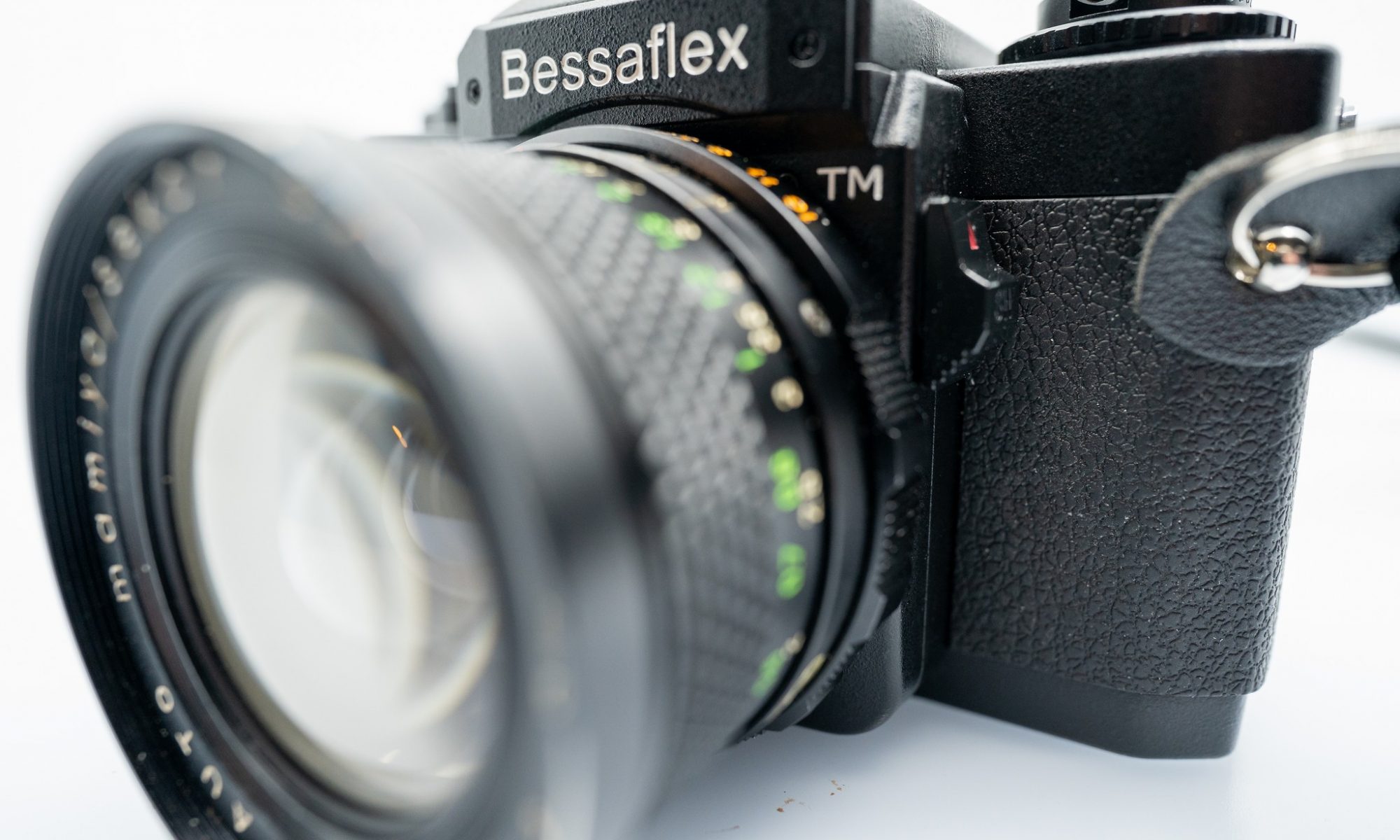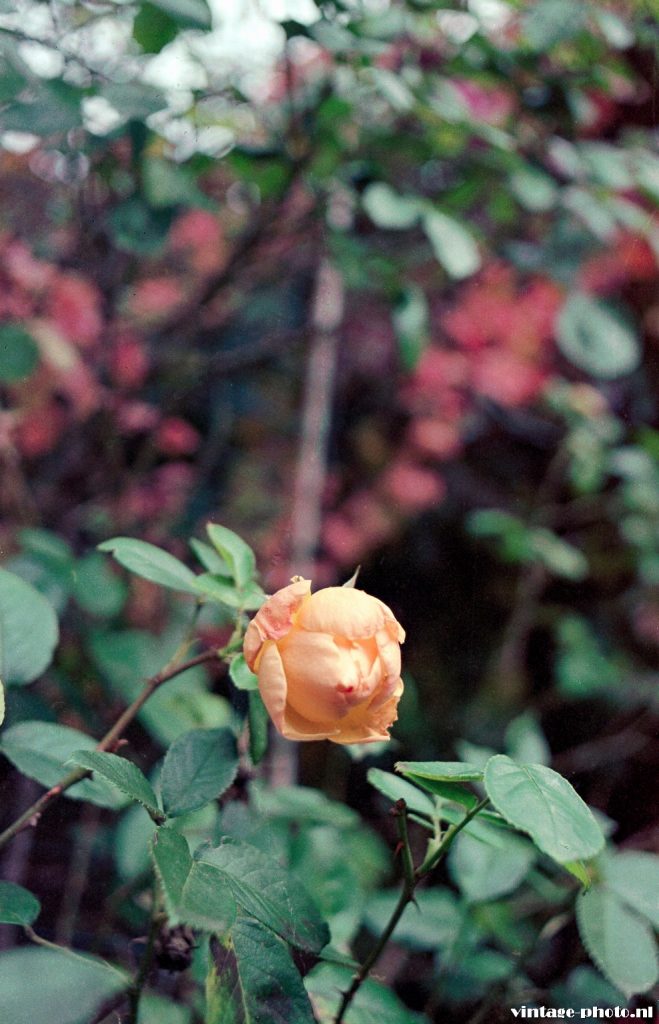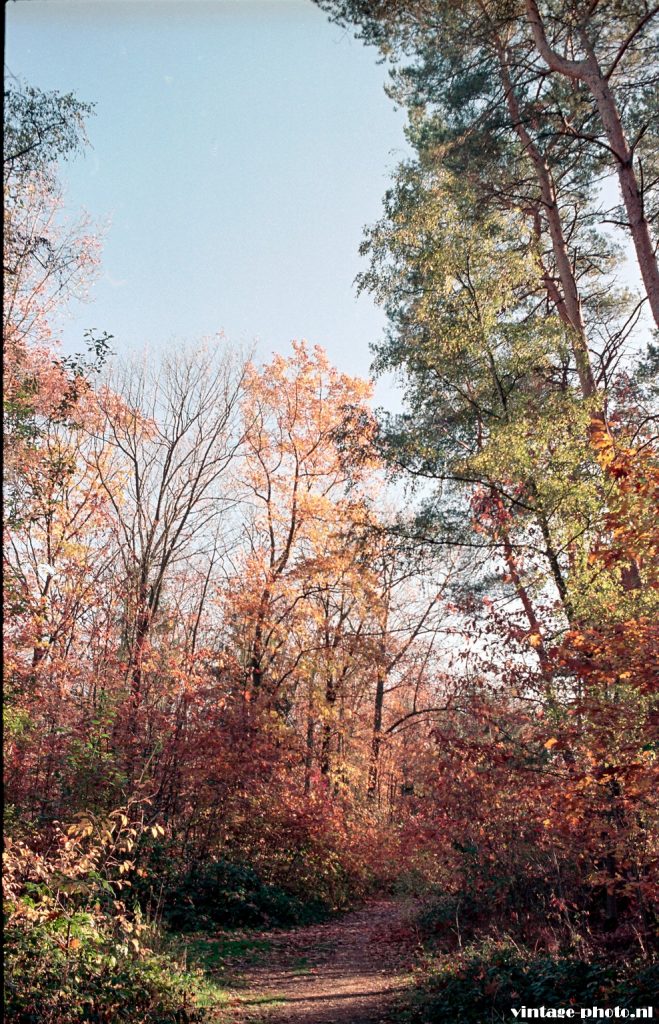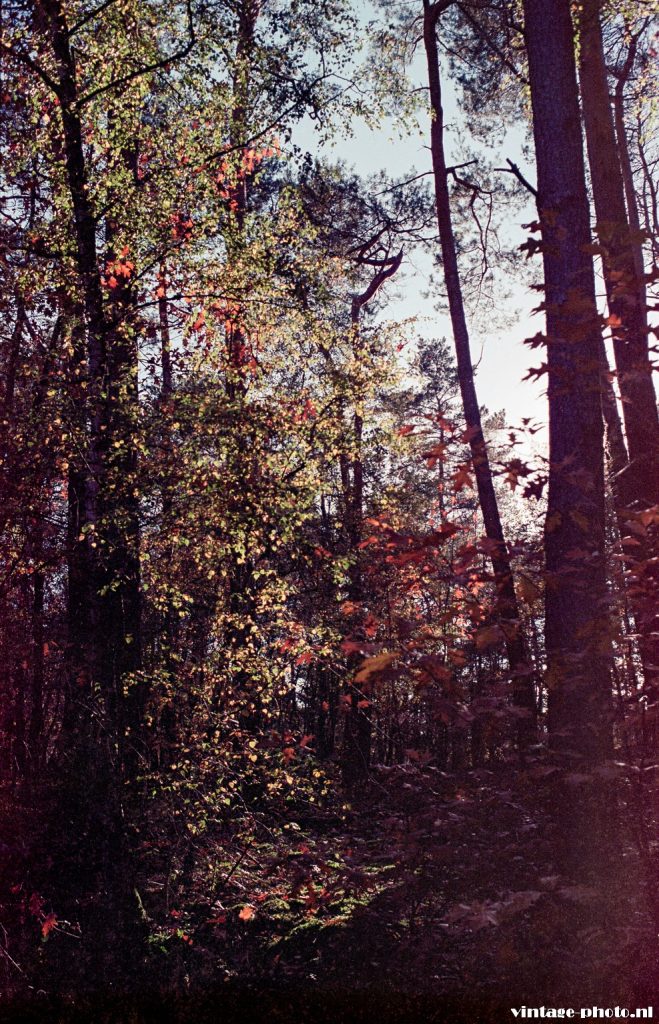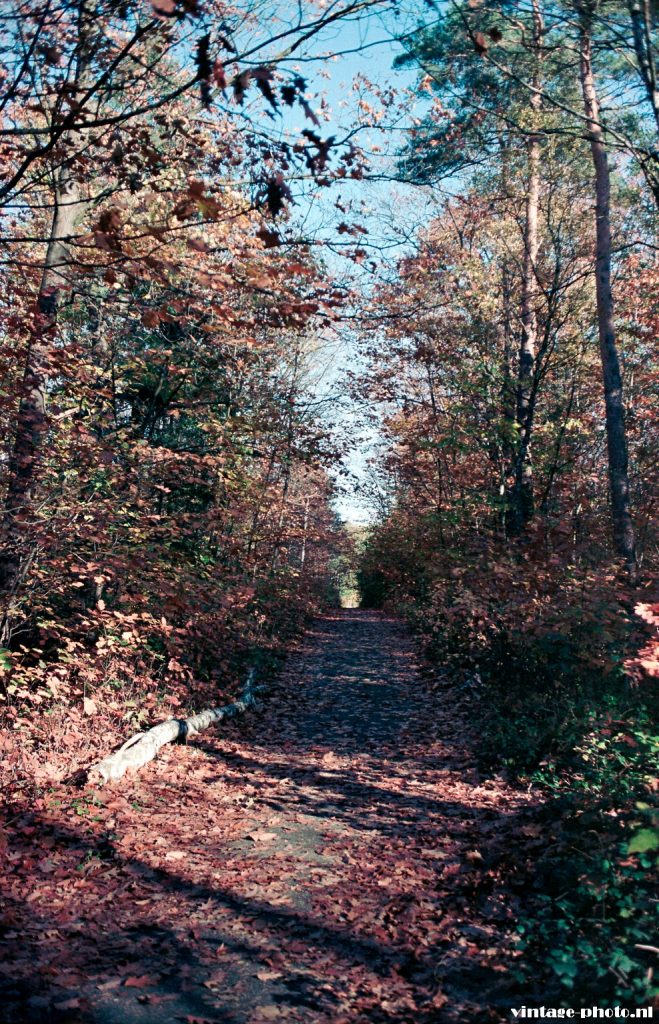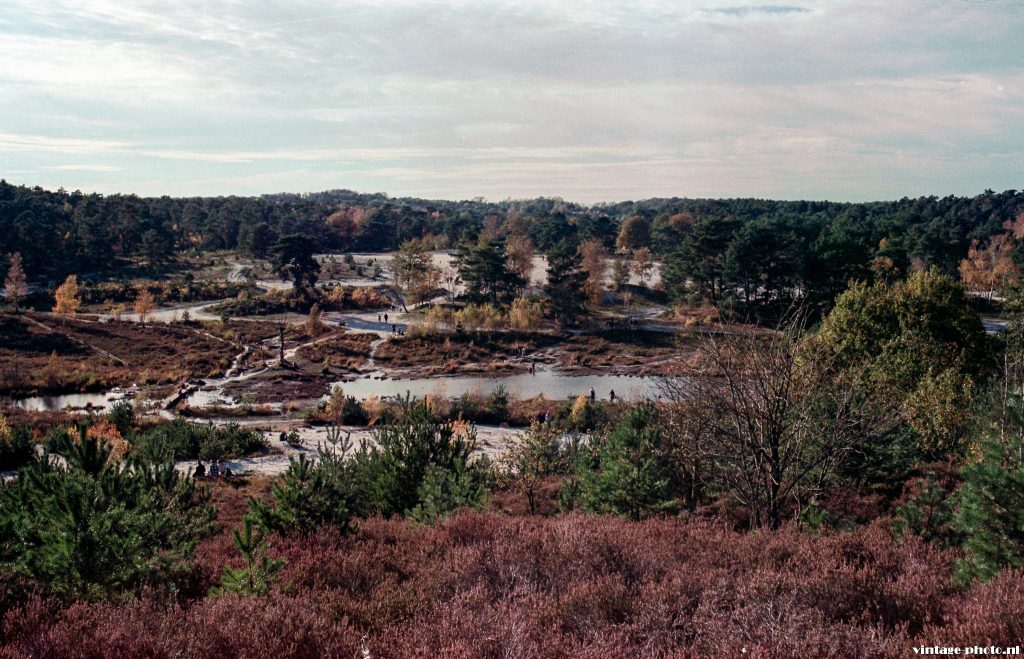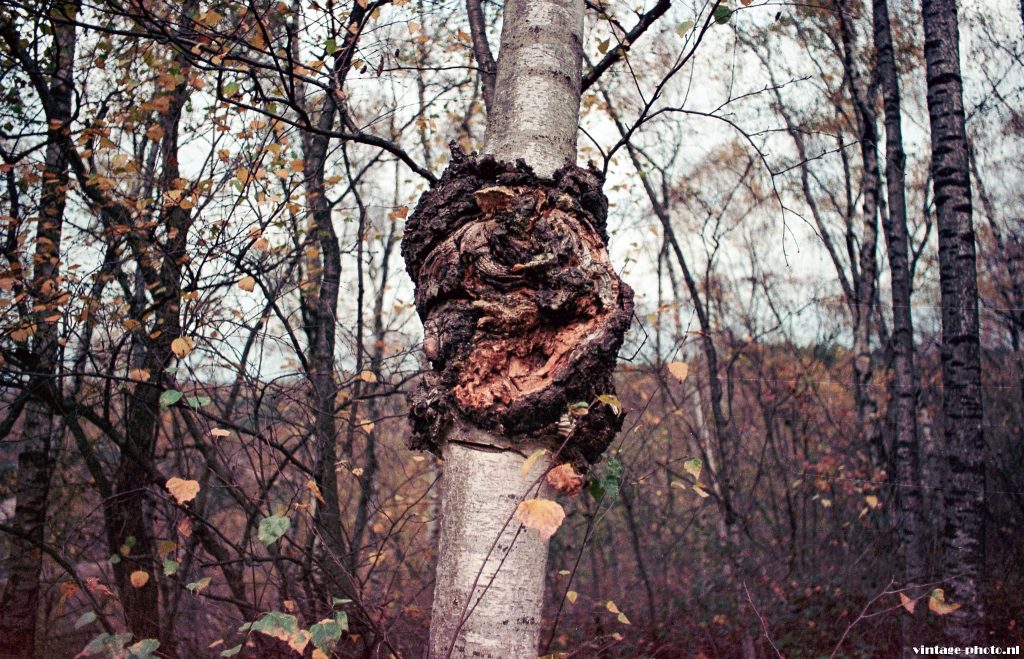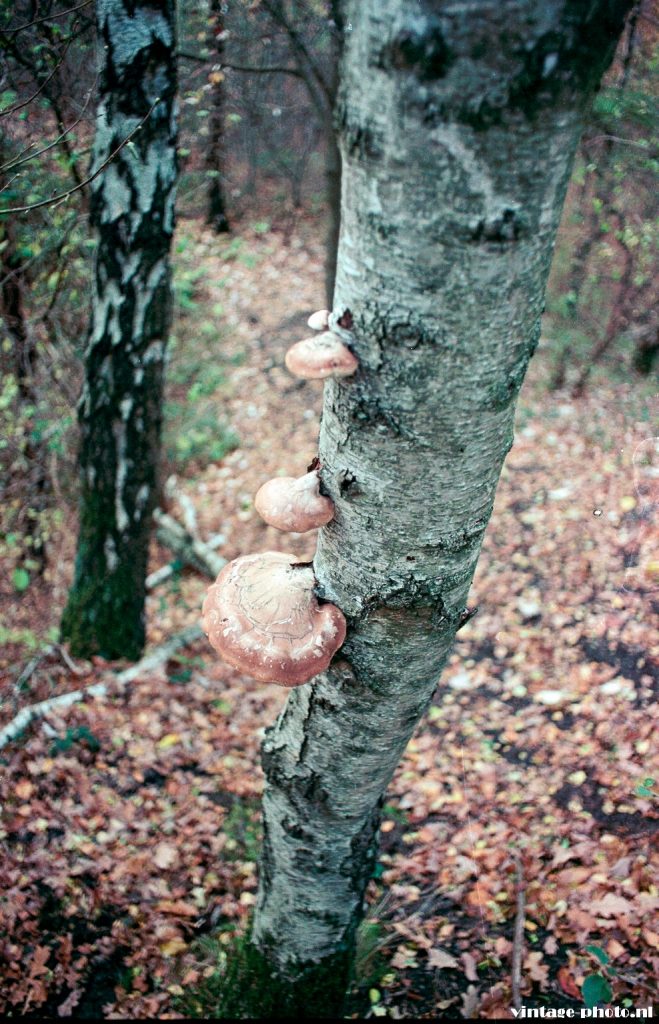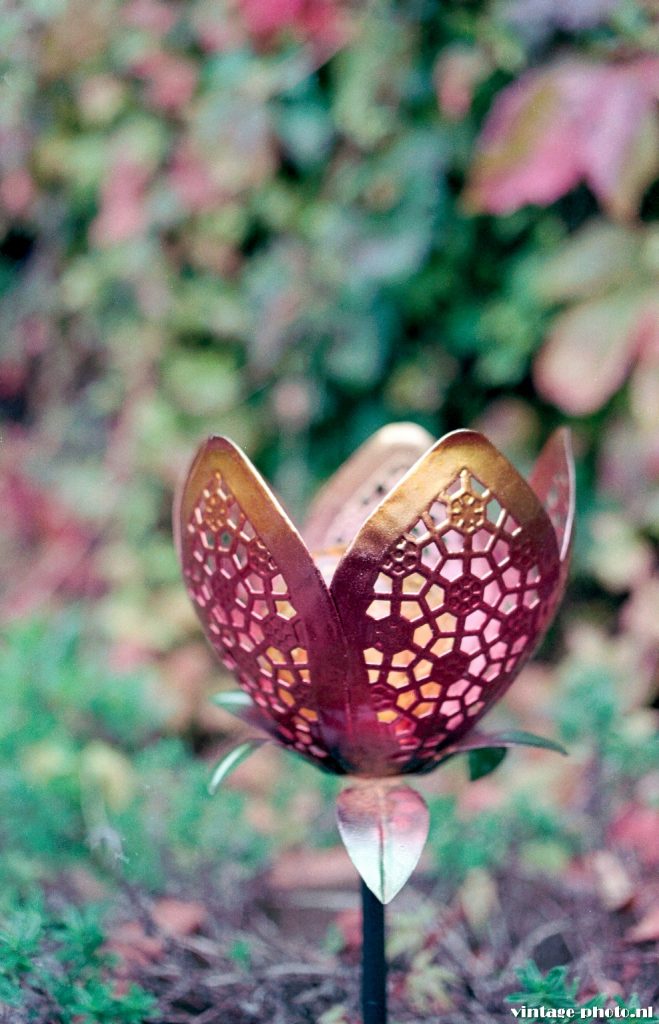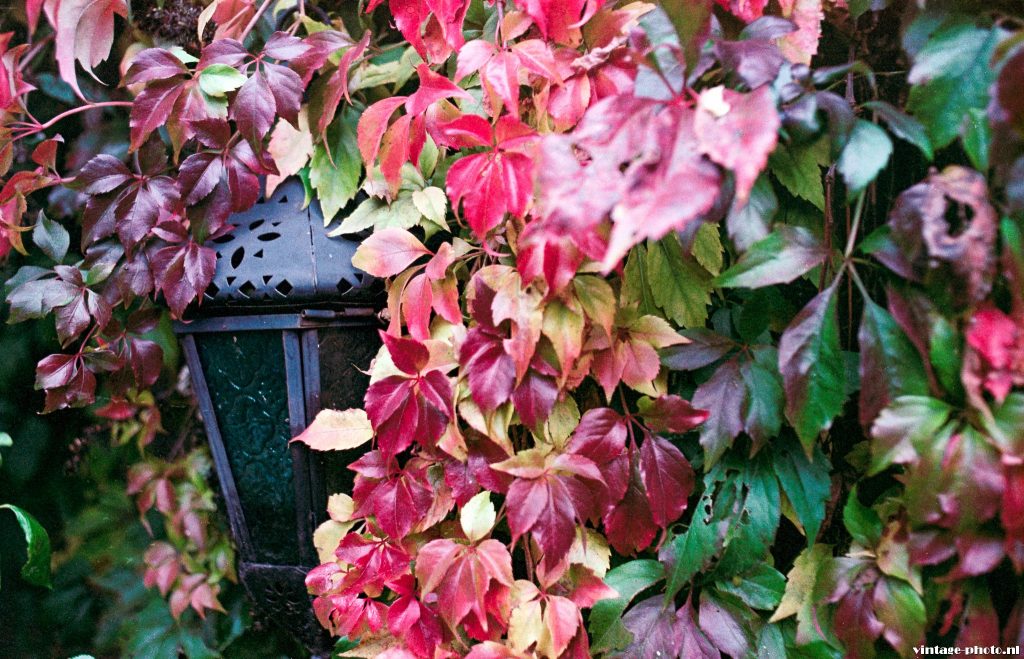In 2003 Cosina Voigtlander began the daring adventure of reviving analogue photography with her brand new Bessaflex SLR camera. While the demand for digital cameras surpassed the supply, Hirofumi Kobayashi, CEO and fan of the great German camera, wanted to relive the rich past once more.
He did have an advantage, a renowned camera factory, knowledge and very good engineers. And the experience of the German camera manufacturers, which he had taken over with Voigtlander as a top brand in 1999. The Germans have not been able to compete with the (cheaper) Japanese market for decades. But they were all the same cameras coming from Japan, next to each other they could hardly be distinguished from each other, except for the brand name. This was different in Germany’s glory days; a Voigtlander was visibly and perceptibly different from a Zeiss Ikon or Leica. Japanese are sober when it comes to design, even made ludicrous cameras, Germans were more creative with the housing, the buttons, the leather around the camera. In addition to quality, which was self-evident, the camera had to be artistically beautiful as well.

In those years Cosina produced a series of new Voigtlanders based on the classic Rangefinders and the final piece was the Bessaflex, a 135 full manual SLR camera in 2003. No autofocus, no advanced bells and whistles, but a paragon of fine mechanics. A camera that, in contrast to the modern SLR, had to work entirely manually, even without a battery. However, a stop-down TTL metering was added, recognizable by a simple + and – in the clear viewfinder image for underexposure or overexposure. However, a stop-down TTL metering was added, recognizable by a simple + and – in the clear viewfinder image for underexposure or overexposure. However, a stop-down TTL metering was added, recognizable by a simple + and – in the clear viewfinder image for under- or overexposure. A small S76 button cell controls the exposure meter, the only electronic component. One important decision, however, concerned the lens mount. Which one did Cosina have to choose? Her own? For Kobayashi, it was clear that the camera had to offer fans the opportunity to work mainly with vintage lenses. And the most obvious choice was the classic M42 mount from 1949, with which hundreds of lenses of different brands were produced.
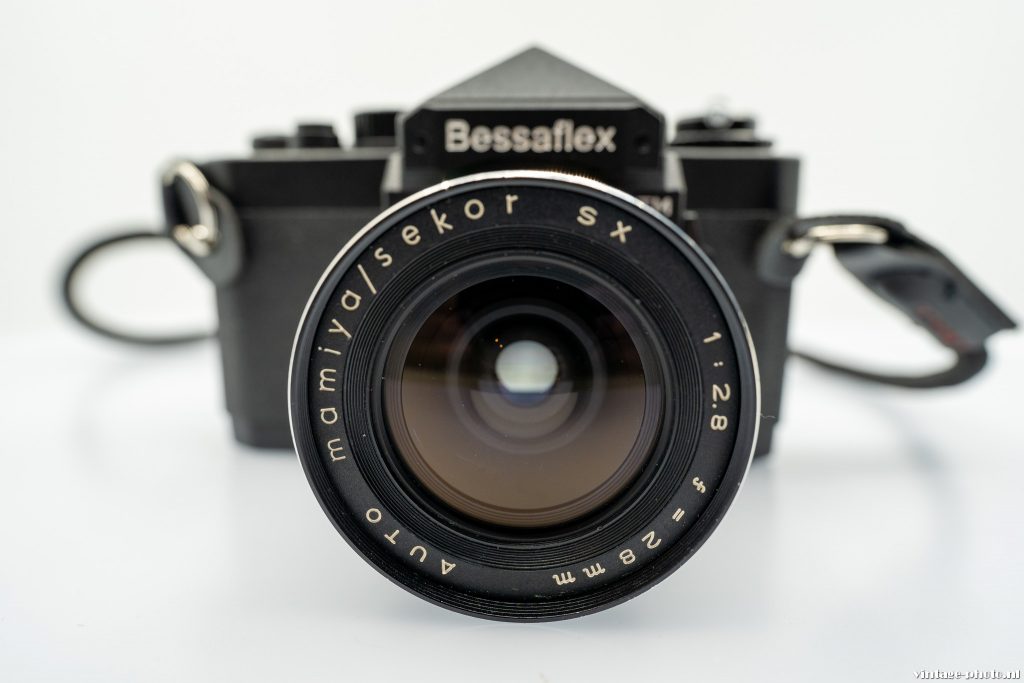
Another good design decision was a manual (top) shutter speed of 1/2000s with which Cosina could also enthuse sports photographers. The result is a combination of a classic design with modern mechanics, but above all new mechanics so that analogue photography fans no longer had to wander on eBay for a hopefully good and solid working second hand classic. The Bessaflex has not become a voluptuous, heavy SLR, but a remarkably light, small, handy and beautiful looking camera. In two designs, the popular all black and a slightly different chrome version. The shutter speeds range from 1/2000 to B and the ring also includes the more old-fashioned times such as 1,2,4 and 8. The ISO button (25-1600) is linked to the exposure meter. An old-fashioned window for film counting is also provided, as well as a classic self-timer.
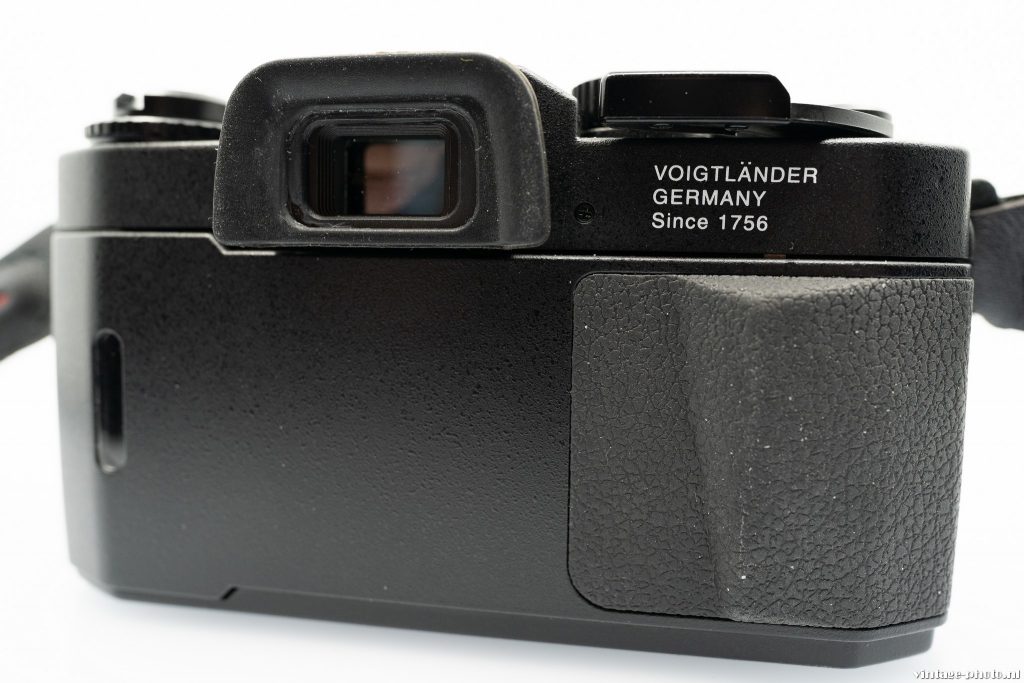
The camera works fantastic and does what you expect from every SLR, but just a little easier. Nothing a digital display, nothing an autofocus motor. Just take pictures as intended. Looking through the finder, which has a split image rangefinder focusing screen that is surrounded by a circular microprism. Wind, focus and click the shutterbutton. The beautiful sound of an old-fashioned mirror flipping up, a curtain shutter that opens and closes again for a split second. That is all there is. That is all you need. The camera is made entirely of metal with a somewhat cheap rubber cover (which should have been leather). But it’s all rock solid, made to last for decades. Bear in mind that all you have to do is look for second-hand M42 lenses under which jewellery can be found. Top quality Zeiss lenses are within reach and much more affordable than the modern ones. If you don’t yet have an analogue SLR and are looking for the best of the manual era, the Bessaflex is an already legendary and top quality camera. But this status also makes the camera more difficult to obtain. But doesn’t that apply in fact to all heroic cameras?
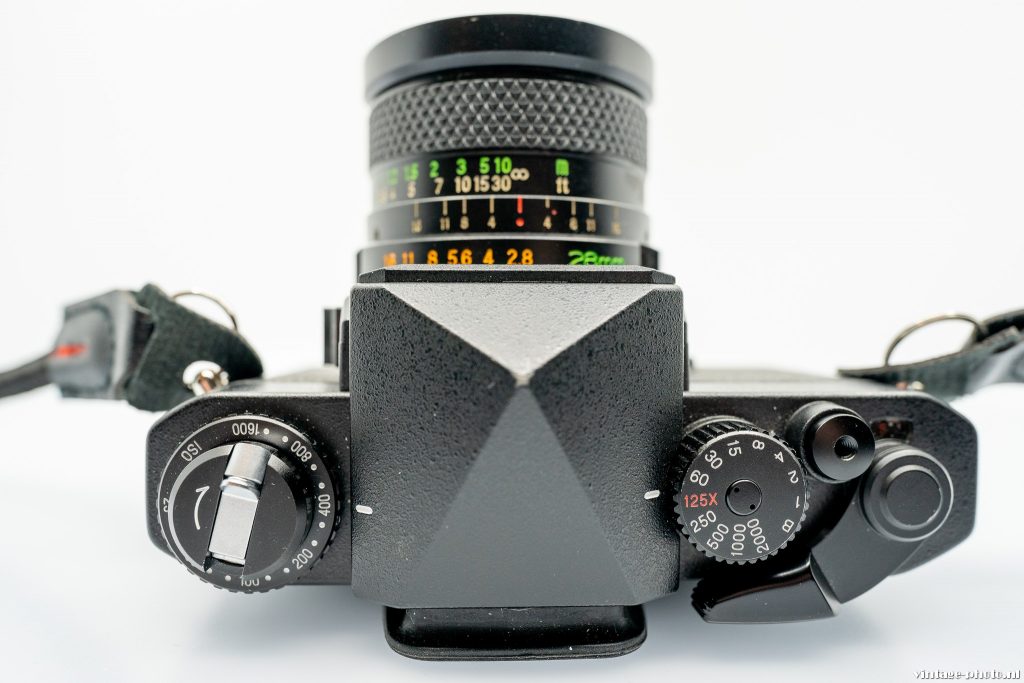
Here some of the images we took with the beautiful Bessaflex and the fantastic Mamiya wide 28 mm lens. The Mamiya renders very nicely and is sharp and crisp.

